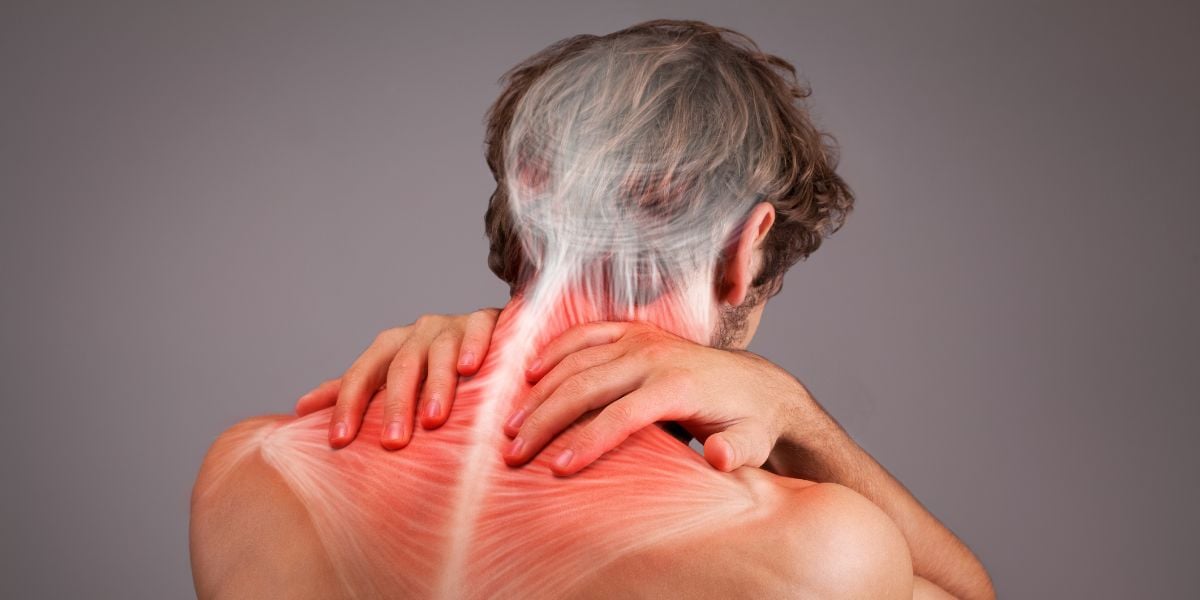Excess abdominal fat and chronic pain have been linked in a recent study which also found that reducing the waistline can alleviate musculoskeletal conditions.
The world-first study utilised the UK Biobank to analyse data of 32,409 people who had abdominal MRI scans to assess fat deposits.
At the time of receiving the scans, they were also asked about any back, neck, hip, knee and “all over the body” pain that had been present for at least three months. After two years, 638 of these patients had their MRI and pain analyses reassessed.
- BMR Calculator
- Glucose and fatty acid handled differently by female and male muscles
- Children whose mothers have type 1 diabetes less likely to have condition than if their father does
Results demonstrated a link between abdominal fat deposits and the prevalence of chronic pain. Researchers used a ratio to combine visceral adipose tissue (VAT), subcutaneous adipose tissue (SAT) and pain.
Women with abdominal fat were found to have worse widespread chronic pain. They had double the pain sights when their VAT was elevated and 60 percent more chronic pain with high amounts of SAT and a VAT:SAT ratio.
In men, high chronic pain was linked to 34 percent VAT, 39 percent SAT and 13 percent VAT:SAT.
The researchers said: “Abdominal adipose tissue was associated with chronic musculoskeletal pain, suggesting that excessive and ectopic fat depositions may be involved in the pathogenesis of multisite and widespread chronic musculoskeletal pain.
“The identified stronger effects in women than men may reflect sex differences in fat distribution and hormones.”
This study if the first to link waist size, rather than overall weight and obesity, to chronic pain. Although it was an observational study with a small sample pool, the results demonstrate a need for a wider and long-term studies into abdominal fat and chronic pain.
5 easy ways to sneak exercise into your day
- Compound exercises and how they support healthy aging
- Mediterranean diet reduces mortality risk among women
The researchers said that reducing your waistline can be an alternate way to relieve chronic pain rather than medication.
They explained: “Excessive abdominal adiposity is implicated in the pathogenesis of chronic pain, including visceral and subcutaneous adipose tissue. Therefore, reducing abdominal adiposity may be considered a target for chronic pain management, particularly in those with pain in multiple sites and widespread pain.”
The research was published in the journal Regional Anesthesia & Pain Medicine.







